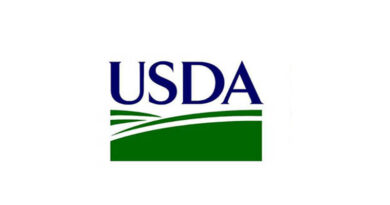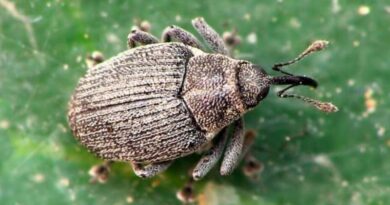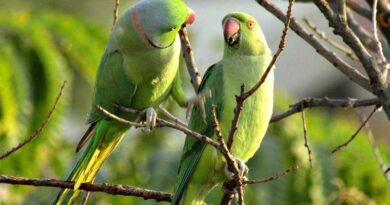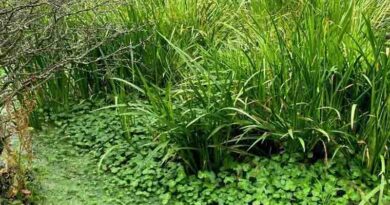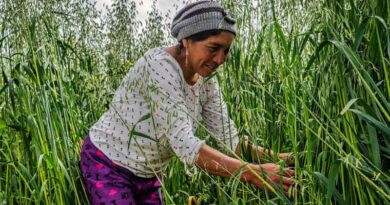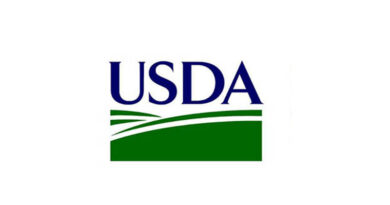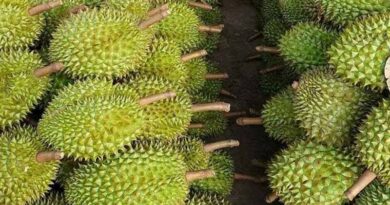Researchers Develop Field Identification Process for Invasive Reeds
07 July 2023, Colorado: Invasive common reed (Phragmites australis) ranks as one of Canada’s worst weeds. Identification and effective control of the invader have proved challenging due to its striking similarity to valued populations of native reed (Phragmites australis americanus).
A team of researchers recently set out to determine whether it is possible to identify invasive common reed reliably in the field – reducing the need for time-consuming and costly genetic testing. In a study featured in volume 16, issue 2 of the journal Invasive Plant Science and Management, they examined multiple populations of both introduced and native common reed to determine distinguishing features.
Nearly two dozen observable traits were compared, such as stem color, the presence or absence of round-stem fungal spots, the presence or absence of dark red pigmentation on lower internodes, and the retention of leaf sheaths on dead stems.
Based on the data collected, an easy-to-use, five-part checklist was developed to help land managers quickly determine whether a given specimen of common reed is a native plant or an introduced invasive weed. Since geographical variations are possible, the team says the checklist will be most applicable in the Great Lakes region where their research was based. The same data can be used, though, to inform field identification best practices in other regions.
“With this new tool, land managers should be able to focus their limited resources more effectively,” says Michael McTavish, a postdoctoral research fellow at the University of Toronto. “They can target invasive reed populations and also protect desirable native plants from accidental removal.”
Also Read: Syngenta India to train and certify 1000 spray men
(For Latest Agriculture News & Updates, follow Krishak Jagat on Google News)



